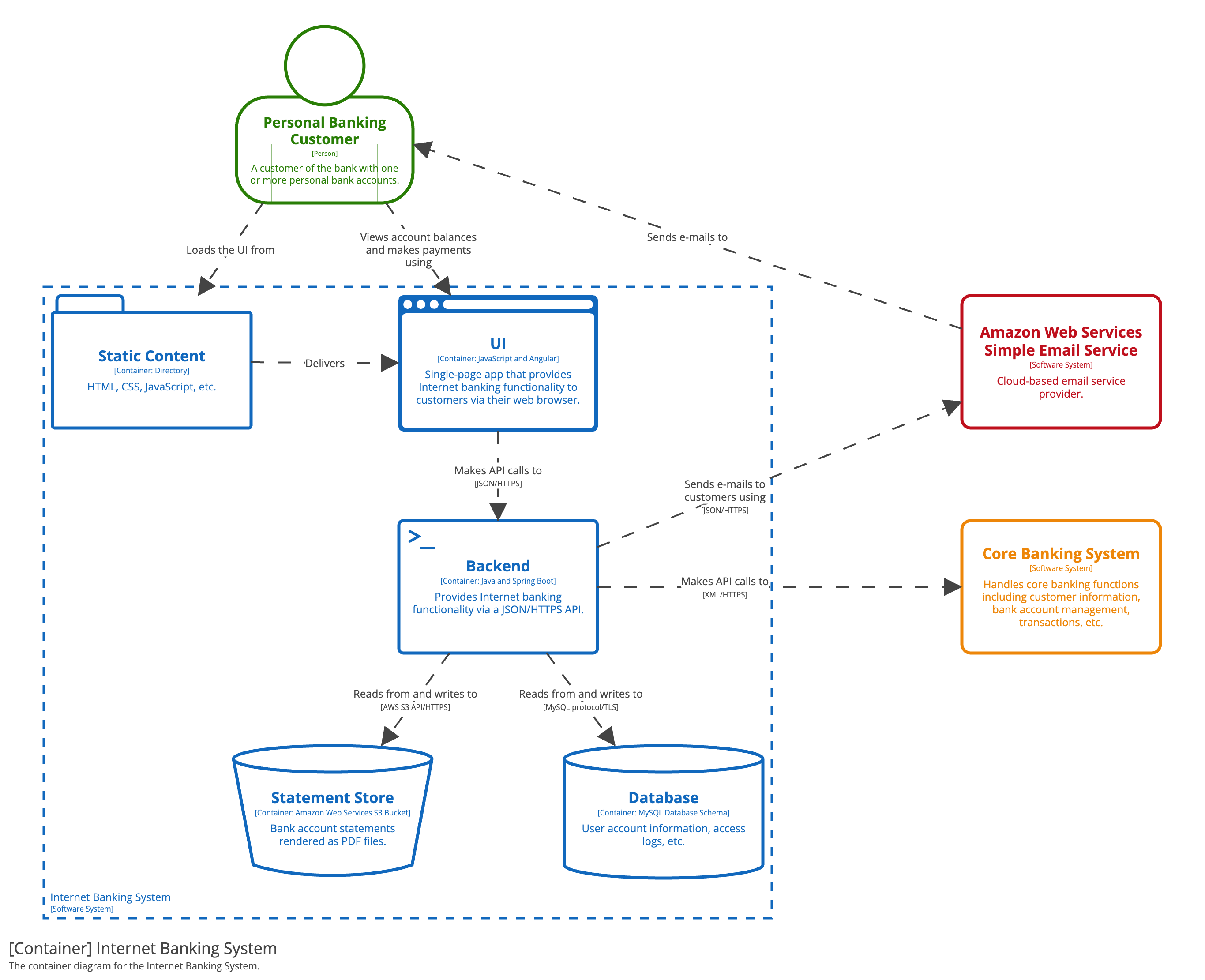I love road trips, and i like analogy.
The Premise: Two couples are planning a road trip.
The "Perfection" group: This group spends a year planning a single, perfect itinerary. They book every hotel, museum, and restaurant reservation months in advance. They have a massive, inflexible budget and a 50-page binder and a fixed budget line item for everything. If a restaurant is closed or a friend gets sick, the entire plan and budget is at risk. It's an all or nothing roadtrip. Everyone's holding their breath and each part of the plan feels risky.

The "Flow" Group: This group has a general idea of their destination (Philadelphia). They decide to drive for a few hours (Planning interval) and then check in with each other (PI Event). "Where do we want to go next?" they ask (Retrospective, Feedback). They agree to stop at the most interesting thing that's coming up soon (Weighted Shortest Job First). They choose what needs upfront planning, such as booking an event outing but not everything. They have a modest amount of cash on hand (their lean budget) and use apps like Airbnb or Yelp to find local spots (leverage suppliers). They let the person in the passenger seat make decisions on what music to play or where to eat next (empower local decision making). All of this feels balanced, and the group is in flow with flexibility.
I signed the Agile Manifesto in 2012. Since then I have selectively applied various lean, and agile principles, tools and techniques to software development processes. One key question that often comes up is "How do you measure ROI for applications" - this is a key question often overlooked. However, the economic benefits are an essential driver for investment decisions in technology
I have trained and certified in SAFe. It is essential for a team embarking on SAFe go through training across all levels in the organization. Epics and participated in prioritization of enablers and functional epics across a portfolio with leadership teams. The goal is to maximize economic benefit. A pre-requisite to that is the way in which prioritization is done and what it's measured against.
Traditional Return on Investments consider "green or white dollars", where as SAFe prioritized "flow". WSFJ isn't an ROI methodology however I argue it is apt for many situations in IT investment choices.
Taking an Economic View in Practice
- Deliver Early and Often: This is valuable to ensure flow
- Operate within Lean Budget: Fund teams, this is akin to spending mostly "white dollars" - the staff.
- Understand Econonic Tradeoffs for Solutions: This is where a common consensus on Value needs to be defined first.
- Leverage Suppliers: Buy versus Build can significantly increase speed to market as well as ROI
- Sequence Jobs for Maximum Benefit: Weighted Shortest Job First is the way to sequence almost anything at any scale
- Empower Local Decision Making - ensure that the value determination is local to a group - perhaps product management team, and the duration is local to the development team estimation.
Cost of Delay is an interesting way of determining Value and it's essential to bring everyone on board to the determination of Value. It's a post-mortem view of what happens if we don't so this? Thanks to Donald Reinertsen CoD is a priority.
CoD = BV+TC+RR | OE
BV is Business Value e.g. reduction in operating costs, or increase in revenue
TC is Time Criticality - e.g. regulations, reputational harm
RR is Risk Reduction e.g. Security risk via SSO
Opportunity Enablement e.g. Enabler epics
CoD / Size is used in SAFe.
"Those who do the work size the work" Steve Adolph has a good
video on his.
Basically, WSJF delivers the low hanging fruit without impact to the most important things business wants by much. You get some value really quickly, versus nothing for a very long time.
Conclusion
ROI calculations almost always depend on the agreed-upon "Value" score. This is where almost all 'returns' on application value falter. This is a highly subjective, non-scientific area and there is no standard methodology that has been universally and easiliy adopted. The value is contextual and each leadership team must define what and how they can generally align on value by assigning metrics to it.
Cost of Delay is a great way to define Value for software and technology delivery for applications.




